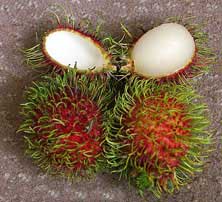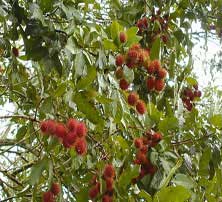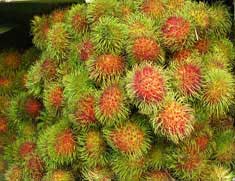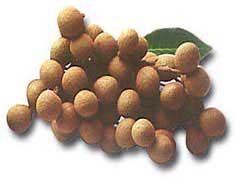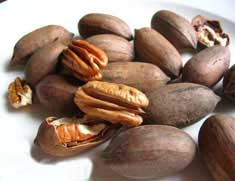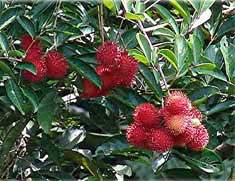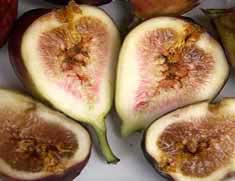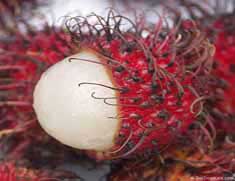Rambutan fruit contains carbohydrate, protein, fat, phosphorus, iron, calcium and vitamin C. Coat tannin of fruit and Leaves contain saponin. The seeds always contain fat and polifenol. Skin and stem contains tannin, saponin, flavonida, pectic substances, and iron.. Rambutans roots, bark, and leaves have various uses in the production of dyes and drugs. Part of this plant can be used as a medicinal fruit and have benefits for health such as
- Reduce Body Fat
- Make skin softer
- Hair care
- Treat dysentery
- Treat diabetes
| 







